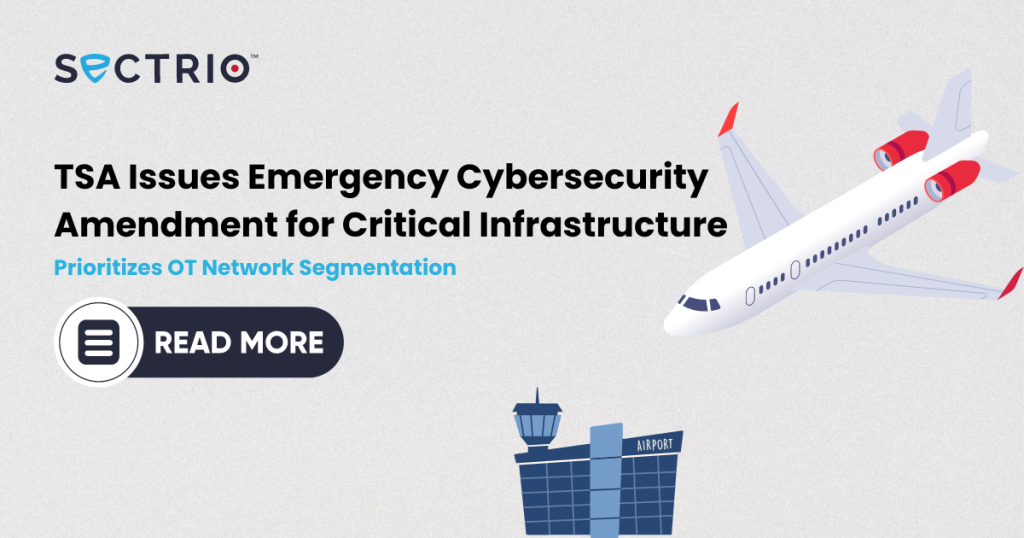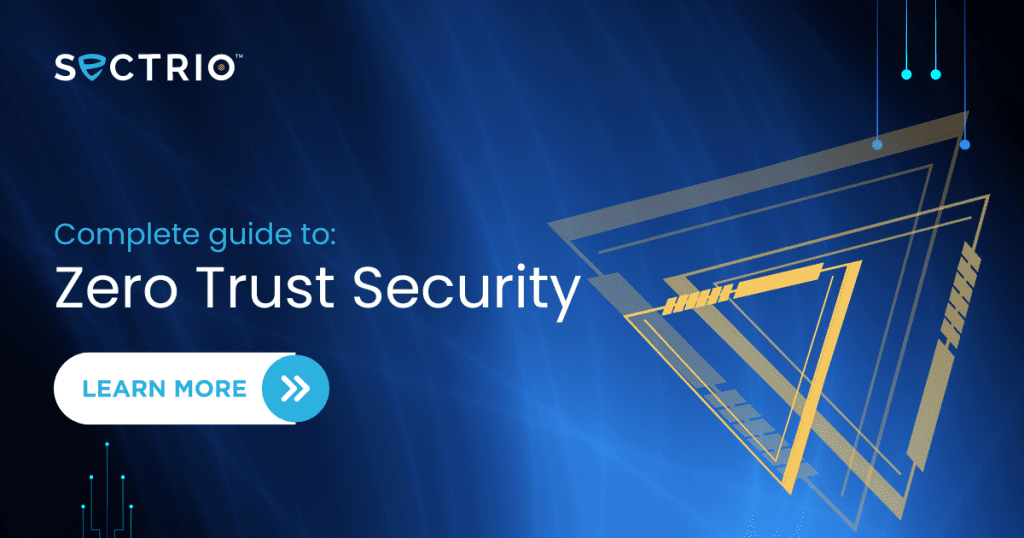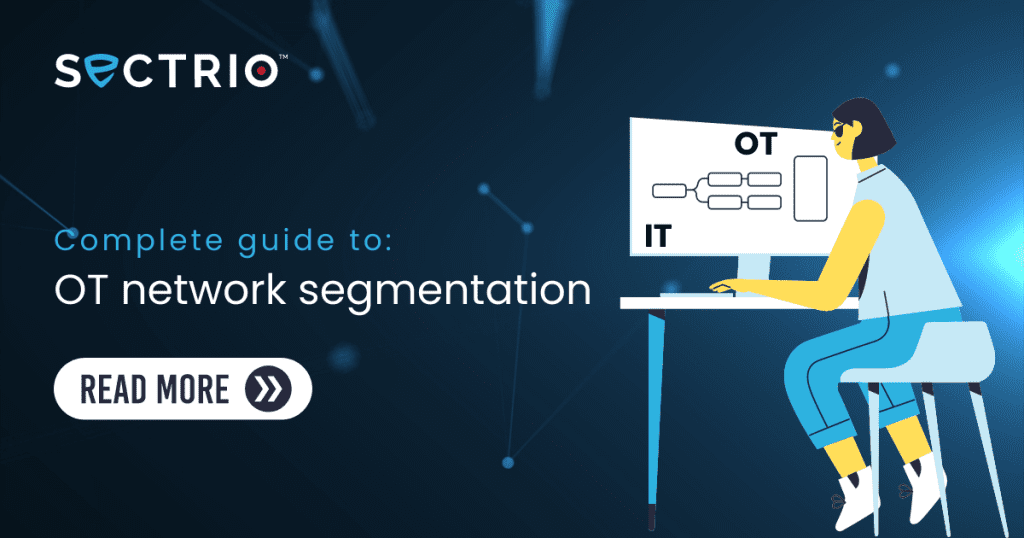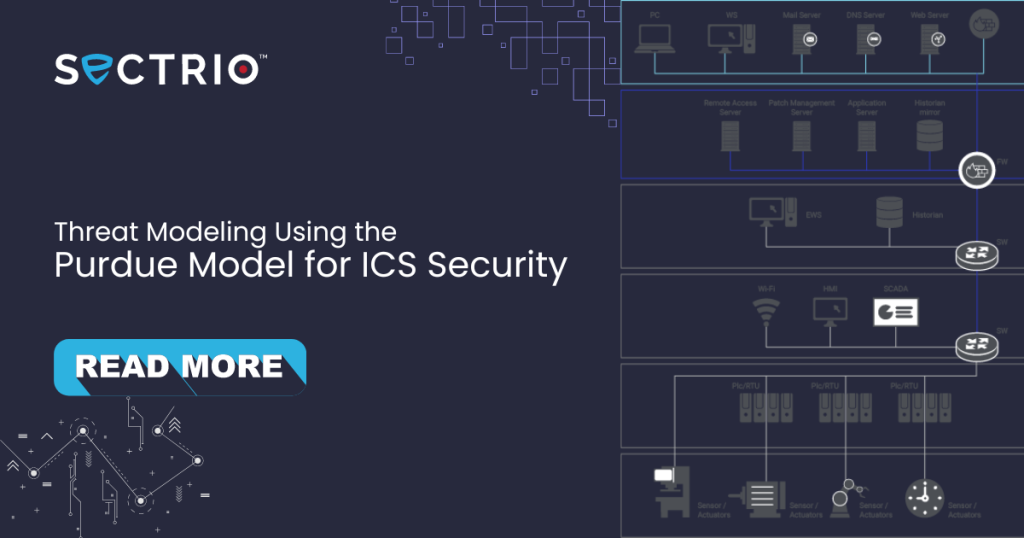Securing Legacy OT Systems: Challenges and Strategies
Operational Technology (OT) systems are critical to the operation of industrial and critical infrastructure processes. These systems often consist of legacy equipment, hardware, and software that may be decades old and lack modern security features. As a result, legacy OT systems are vulnerable to cyberattacks that can disrupt operations, cause safety incidents, and result in significant financial losses. Read this blog and learn more about the challenges associated with securing legacy OT systems and outline strategies that organizations can use to enhance the security and reliability of their legacy OT systems. Challenges with Securing Legacy OT Systems Outdated Hardware and Software Legacy OT systems typically consist of outdated hardware and software that may be difficult to secure. These systems may not support modern encryption algorithms or secure communication protocols, leaving them vulnerable to eavesdropping, data theft, and manipulation. Lack of Encryption Encryption is essential to protecting sensitive data and communications in modern industrial and critical infrastructure processes. However, legacy OT systems may not support encryption, leaving them vulnerable to attacks that can compromise data confidentiality and integrity. Insecure Communication Protocols Legacy OT systems may use insecure communication protocols that can be exploited by attackers. For example, Modbus, a widely used communication protocol in legacy OT systems, does not include authentication or encryption, making it vulnerable to attacks that can compromise data integrity and availability. Lack of Security Awareness Operators and technicians who manage legacy OT systems may lack security awareness and training, making them vulnerable to social engineering attacks. Social engineering attacks can be used to gain access to sensitive information or systems by exploiting human vulnerabilities. Strategies for Securing Legacy OT Systems Conduct Risk Assessments Risk assessment is the process of identifying, evaluating, and prioritizing risks to legacy OT systems. This includes identifying vulnerabilities, threats, and potential consequences of a successful cyber-attack. Once identified, organizations should prioritize risks based on their potential impact and likelihood of occurrence. Based on the results of the risk assessment, organizations should develop and implement risk mitigation strategies to reduce the risk of successful cyberattacks. By regularly performing risk assessments and implementing risk mitigation strategies, organizations can proactively identify and address potential vulnerabilities in their legacy OT systems and improve their overall security posture Implement Network Segmentation Network segmentation involves dividing a network into smaller, more secure subnetworks, or segments, to limit the spread of cyberattacks. By segmenting legacy OT systems, organizations can isolate critical assets and limit the damage that could be caused by a successful cyberattack. Organizations should identify critical assets and systems and segment them from non-critical systems. This includes placing systems with similar functions, security requirements, and access controls in the same segment. In addition, organizations should regularly monitor and review their network segmentation policies and procedures to ensure that they remain effective and up-to-date. By implementing OT network segmentation, organizations can reduce the attack surface of their legacy OT systems, minimize the impact of successful cyberattacks, and improve overall system security. Implement Access Control Access control involves implementing mechanisms to control access to legacy OT systems. Access controls should include strong authentication, authorization, and accountability mechanisms. Organizations should limit access to critical systems only to authorized personnel with a legitimate need to access them. The first step in implementing access control is to identify the assets that need to be protected and the individuals or roles that require access. Access control policies should be developed to define the rules and procedures for granting and revoking access to these assets. Read more: IEC 62443, NIST Table of Roles & Responsibilities Template Strong authentication mechanisms, such as two-factor authentication or biometric authentication, should be used to verify the identity of users before granting access to the system. Authorization mechanisms should be implemented to define what actions users can perform on the system and which resources they can access. Implement System Hardening Hardening legacy OT systems involves implementing security controls to reduce the attack surface and improve the security posture of the systems. This includes implementing firewalls, intrusion detection and prevention systems, access controls, and other security measures to limit the potential for successful cyberattacks. In addition, organizations should disable or remove any unnecessary or unused services, protocols, and applications that could be exploited by attackers. This may include disabling unnecessary ports, removing default accounts and passwords, and restricting access to critical systems and components. By hardening their legacy OT systems, organizations can significantly reduce the risk of successful cyberattacks and improve the overall security of their critical infrastructure. It is important to note, however, that hardening should be performed in a careful and deliberate manner, as any misconfigurations or errors can result in unintended consequences or downtime. Implement Security Monitoring Implementing security monitoring for legacy OT systems involves using tools and techniques to identify and respond to potential cyber threats and attacks in real time. This includes implementing network and system monitoring tools, intrusion detection systems, and security information and event management (SIEM) solutions to detect and respond to potential threats. Know more: Find out how Sectrio Hub can be a centralized console for real-time threat monitoring Organizations should establish and follow incident response procedures that outline how to respond to a security incident or cyber-attack. This should include strategies for identifying the source and scope of the attack, containing the damage, and restoring systems and data to their pre-attack state. By implementing effective security monitoring for their legacy OT systems, organizations can detect and respond to potential threats in a timely and effective manner, reducing the risk of successful cyberattacks and minimizing the impact of any security incidents that do occur. It is important to note that security monitoring should be an ongoing process, and that organizations should regularly review and update their monitoring strategies to ensure that they remain effective in the face of evolving cyber threats and attack techniques. Implement Security Awareness and Training Implementing security awareness and training programs for legacy OT systems is critical to reducing the risk of successful cyberattacks caused by human error
Securing Legacy OT Systems: Challenges and Strategies Read More »









